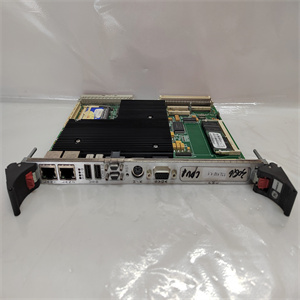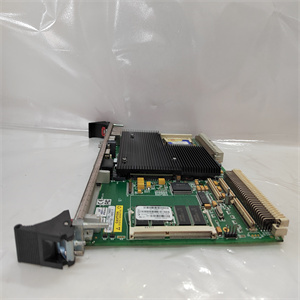
VMIVME-7750 VMIVME-7750-746001 350-027750-746001P
VMIVME-7750 VMIVME-7750-746001 350-027750-746001P Module
Disclaimer: To provide the most accurate and comprehensive information, I’ll need more context about this specific module. The provided model numbers seem to be a combination of different product identifiers, which might be specific to a particular manufacturer or system.
However, based on the general naming convention and the components mentioned (VMIVME, 7750), I can make some educated guesses about its potential features and applications.
Potential Features and Applications
Given the “VMIVME” prefix, it’s likely that this module is designed for a VMEbus system. The VMEbus is a popular bus standard used in industrial automation, telecommunications, and military applications.
Based on this assumption, here are some potential features and applications:
- VMEbus Interface: The module directly interfaces with a VMEbus system, providing a standard way to connect various peripherals and components.
- I/O Capabilities: It may offer a variety of I/O interfaces, such as digital I/O, analog I/O, or specialized interfaces like serial ports, Ethernet, or GPIB.
- Processing Power: Depending on the specific model, it could include a microprocessor or microcontroller for local processing and control.
- Memory: The module might have onboard memory for storing programs, data, or configuration settings.
- Timing and Control: It could provide timing and control functions, such as generating interrupts or timing events.
- Networking: The module may include network interfaces for connecting to other systems or devices.
Potential Applications:
- Industrial Automation: Used in control systems for machines, processes, and manufacturing lines.
- Telecommunications: Employed in telecommunications equipment for signal processing and network management.
- Military Applications: Utilized in military systems for data acquisition, control, and communication.
- Data Acquisition: Used to collect data from various sensors and instruments.
Potential Parameters and Specifications
Without more specific information, it’s difficult to provide exact parameters. However, some common parameters for VMEbus modules include:
- Bus Size: The width of the VMEbus interface (e.g., 16-bit, 32-bit).
- Bus Cycle Time: The time required to complete a bus transaction.
- Power Consumption: The amount of power required by the module.
- Physical Dimensions: The size and shape of the module.
- Environmental Specifications: Operating temperature range, humidity tolerance, and shock and vibration resistance.
Next Steps
To get a more accurate and comprehensive answer, please provide the following information:
- Manufacturer: Who manufactures this module?
- System: In what type of system is this module used?
- Specific Functions: What specific tasks does this module perform?
- Additional Model Numbers: Are there any other related model numbers or part numbers?
Once I have this information, I can provide a more detailed and accurate response.
Here are some additional resources that might be helpful:
- VMEbus International Trade Association (VITA): VITA is a global trade association that develops and promotes open standards for electronic systems.
- Manufacturer’s Website: Check the website of the manufacturer for specific product documentation and support.
By combining the information you provide with the resources available, I can create a more tailored response to your query.

VMIVME-7750 VMIVME-7750-746001 350-027750-746001P
 WhatsApp:+86 18005022363 WeChat: +86 18005022363 /+86 18150887953
WhatsApp:+86 18005022363 WeChat: +86 18005022363 /+86 18150887953  Email:
Email:





